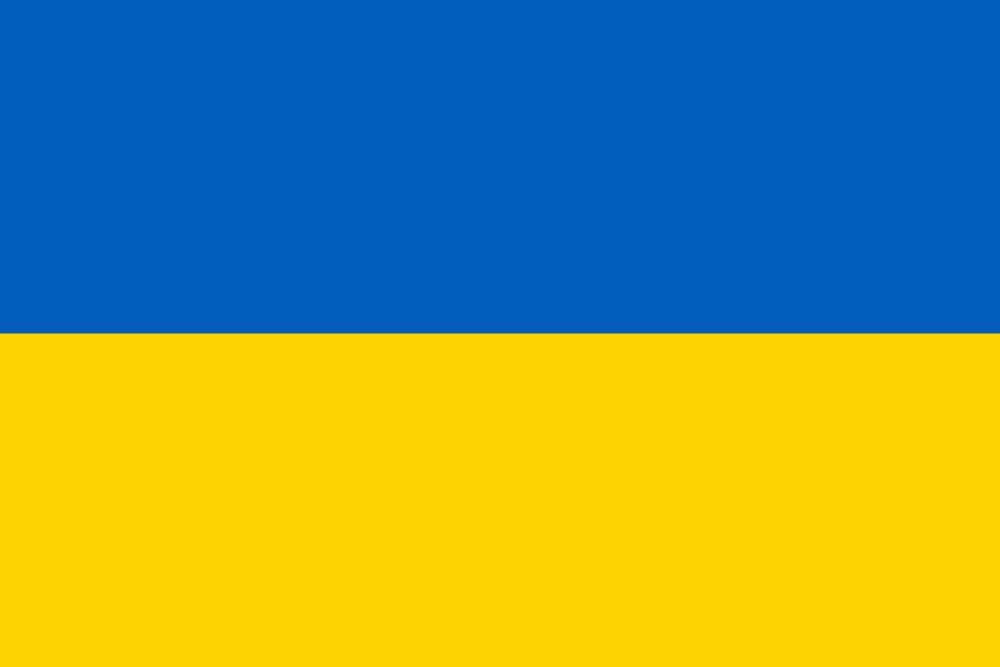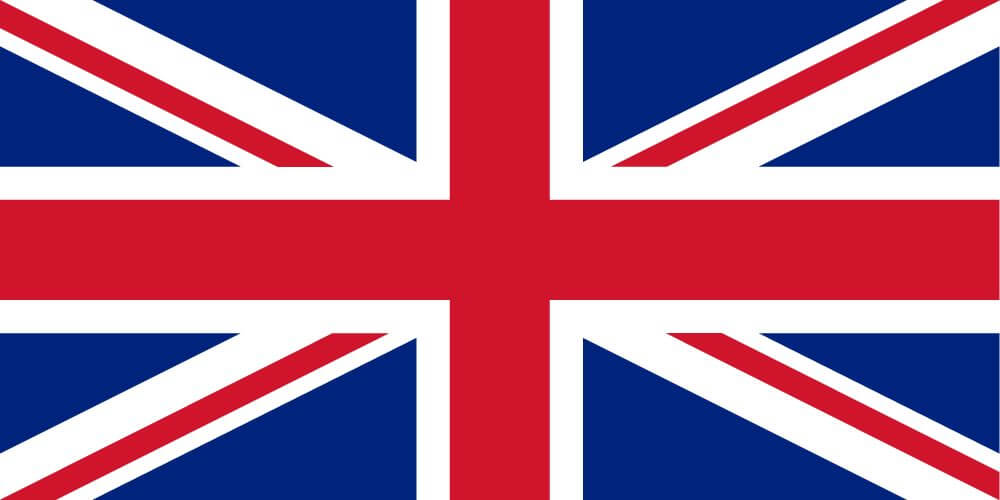Conflict Developments
Massive missile and drone attacks on Ukrainian cities, particularly Kyiv, take place almost every day. Power stations, as well as other energy infrastructure objects, continue to be the main targets of these attacks. Besides, shelling leads to emergencies and temporary power cuts in entire Ukrainian regions. For example, on 22 October a large number of settlements were cut off from electricity in the Khmelnytskyi, Volyn, Cherkasy and Mykolayiv oblasts, leaving some 1,4 million Ukrainian citizens without electricity. Approximately 40% of the total infrastructure and generating capacities of Ukraine’s energy system is seriously damaged.
The Ukrainian government has resorted to introducing rolling blackouts throughout the country. This is celebrated by Russian propagandists and politicians who are calling for Ukrainians to be frozen to death.
On 19 October, Russian President, Vladimir Putin announced the introduction of martial law in the Ukrainian territories currently occupied by the Russian Federation (hereinafter: Russia). This could lead to the introduction of illegal mobilization, the deportation of residents (it has already begun in Kherson) and other illegal steps.
Last week, the cities of Mykolayiv, Odesa, Chernihiv, Zhytomyr, Kharkiv, Vovchansk, Bakhmut, Kurakhove, Kostyantynivka, Dnipro, Marhanets, Nikopol, Kryvyi Rih, Zaporizhzhia, Tokmak, as well as settlements in the Sumy and Chernihiv oblasts located on the Russian border, were subjected to artillery shelling and drone attacks. The city of Bakhmut, one of the largest historic cities in the Donetsk oblast, is to a large extent, destroyed. Its infrastructure is essentially demolished and cannot be restored. In total, at least 10 communities in the Donetsk region will have to spend next winter without heating due to large-scale infrastructure damage. However, the arrival of new air defence systems allow Ukraine to shoot down ever more Russian missiles and drones.
The Ukrainian army’s counteroffensive has to some extent stalled. This is partly a result of unfavorable weather conditions and partly due to the arrival of numerous newly conscripted Russian soldiers and the forcibly mobilized residents of Ukraine’s occupied territories, to the front.
An emergency evacuation of Russia’s occupation administration, along with civilians from the right bank of the Dnipro River in the Kherson oblast continues. This may be evidence that the Russian army is preparing a false flag operation which the Kremlin would blame on Ukraine and use as an excuse to escalate. On 23 October, the Russian Minister of Defense, Sergei Shoigu, claimed that Ukraine was preparing to use “a dirty bomb”. In parallel, Belarus is being flooded with Russian troops while Belarusian troops are preparing for mobilization. According to some reports, while retreating, the Russian army mined the dam of the Kakhovka Hydroelectric Power Plant. An explosion at the plant would lead to an environmental disaster, claiming a large number of lives.
Via their Facebook account, the Armed Forces of Ukraine appealed to the Belarusian people not to fight on the side of the Kremlin, should Belarus President, Alexander Lukashenko tell them to. The Ukrainian military warned their Belarusian counterparts that such a step would be met with tough response.
Humanitarian Dimensions
The Ministry of Economy of Ukraine has announced the priority sectors of the economy that are crucial to returning Ukraine’s economy to its the pre-war level of economic development. Namely, military-tech (high-precision weapons); metallurgy, mining and machine industry; agriculture and food industry; the IT sector.
As of 23 October, at least 1250 children were affected by Russia’s full-scale war in Ukraine. 430 children were killed and 820 wounded. Children continue to be forcibly relocated from Ukraine’s occupied territories to Russian territories without any clear plan for their return home (relevant information regarding the cities of Enerhodar and Oleshky has been received. Earlier, similar cases were reported as occurring in the Kharkiv oblast).
Ukraine’s President, Volodymyr Zelenskyy, approved the decision of the National Security and Defense Council on sanctions against Russian oligarchs, officials, and other individuals, including Putin’s relatives. The sanctions have been imposed on 2507 individuals and 1374 legal entities, the majority of whom are Russian citizens and residents.
Information Warfare Dimensions
On 19 October, President Putin, signed a decree introducing martial law in the territories of the so- called “Luhansk and Donetsk People’s Republics”, as well as in the Zaporizhzhia and Kherson oblasts. In his address, Putin referred to Ukraine’s political leadership as “Neo-Nazis”, and “Banderites”, accusing them of organizing terrorist attacks. Power in the Kherson oblast will de jure and de facto be transferred to the Russian military. Semi-oppositional Russian experts believe that such a step renders “mobilization in Russia permanent”, while extending Putin’s power in Russian regions and helping the government quell protests. According to the decree, this special law allows for “power being transferred to special military authorities, namely military-civil administrations”. On 21 October, Putin signed a decree announcing a coordination council within the Russian government, to meet the needs rising during the conduct of the “special military operation (SVO)”. This decision was made to strengthen the coordination of the activities of federal and regional authorities.
Analysts close to the Kremlin are spreading narratives, claiming that the shelling of Ukrainian cities and objects of energy and civilian infrastructure has boosted Putin’s ratings and that he has the full support of Russian citizens.
Russian media and patriotic Telegram channels have praised the address of the new Commander- in-Chief, Sergei Surovikin, referring to him as to someone who “tells the truth” about the difficult situation on the front and the resilience shown by the Russian army. Russian opposition commentators have spoken about Surovikin’s dependability, as regards making decisions and the “plan for a long massacre”, for which he will bear responsibility and not Putin. Also, the Russian information space is full of positive feedback regarding the tactic of shelling Ukrainian civilian and critical infrastructure objects. Russian TV shows are brimming with headlines such as “traditional shelling of Ukraine” and “shelling of civilian infrastructure”, claiming that “things will only get worse”. Calls for the genocide of Ukrainians and the destruction of Ukraine as a state are being actively spread throughout Russian information space. Far-right channels on Telegram are calling on the Russian government to use nuclear weapons in Ukraine to destroy its Armed Forces.
The Kremlin deploys narratives aimed at mobilizing Russian citizens. The war is being referred to as the road “to the restoration of Russian unity” that Russia lost 100 years ago. Moscow claims that Ukraine has to be destroyed as it is hostile to Russia. General narratives about the need to rally Russian society around the future victory and resistance to the West and Ukraine are being circulated. Officials from the Russian Ministry of Foreign Affairs claim that “the decisions of the EU confirm the confrontational policy of Brussels”. The war is being referred to as “fair” and “waged by all Russian people”. On 22 October, Sergei Kiriyenko, Deputy Head of the Administration of President Putin, said that Russia would certainly win both “the hot”, economic and psychological war, but for this the war must become truly popular and be fought by all Russians. The Russian media presents the war and the hostilities taking place in the Kherson and Zaporizhzhia oblasts as a liberation of Russian regions from “Nazis”. The narrative of a “just war” is being promoted following Ukrainian attacks on the Kherson region, which is currently under Russian occupation. Residents of the Kherson oblast continue to be “evacuated”. Plans are afoot to relocate 50-60.000 people to the left bank of the Dnipro. The Russians admit that residents of the oblast (10-15.000 people according to official reports) are reluctant to leave their homes. In the Russian media, this “evacuation” is deemed necessary to “preserve the life and health of people”. On 19 October, the First Deputy Head of the Administration of President Putin, Sergey Kiriyenko, visited Kherson. It was announced that all the power in the Kherson region has been assumed by the Russian military. Russian bloggers and journalists are discussing Ukrainian cultural artifacts, exhibitions, archives and even monuments being sent to Russia from Kherson.
The Russian media is also extensively covering the shelling carried out by the Armed Forces of Ukraine on Russian settlements (territories in the Belgorod oblast) located on the Ukrainian border. Defensive fortifications are also being erected there. Official Russian sources have started reporting about losses of Ukrainian energy infrastructure objects due to Russian bombardments, while also informing Russians of air raid sirens going off in Ukraine, which has never happened before.
Russian MPs, artists and representatives of religious communities are promoting the narratives of traditional values. On 20 October a bill to counter “LGBT propaganda” was submitted to the Russian State Duma. The law provides for administrative liability for such actions. It is being referred to as “a major military victory” since these are exactly traditional values that Russia is fighting for in Ukraine.
Mobilization continues in Russia. Russian media sources continue to positively spin mobilization by posting news on social payments made to families of those who have been killed in battle. In the Vologda oblast the payment is 100.000 rubles. In the Yamalo-Nenets Autonomous Okrug, children and students receive 200.000 rubles. Mobilization is being “popularized” in the media and in the rhetoric deployed by Russian politicians. Putin, for example, visited a camp where conscripted soldiers are being trained. The exact date of the termination of mobilization is not being shared in the media. However, next week has been mentioned as a preliminary end date. According to official figures, as of 21 October, a total of 260.000 people were drafted.
On 21 October, Turkey gave an update on possible talks between Zelenskyy and Putin.
The Kremlin continues to deny that it is using Iranian drones to attack Ukraine. On 18 October, Putin’s press secretary, Dmitry Peskov, said that there was no information available that would corroborate claims that the drones were being used by the Russian army. Russian official sources continue to spread messages of achievements of the Russian army in Ukraine.
This Ukraine Situation Report is prepared in the framework of the project “Building Resilience in Conflict Through Dialogue” funded by the European Union


